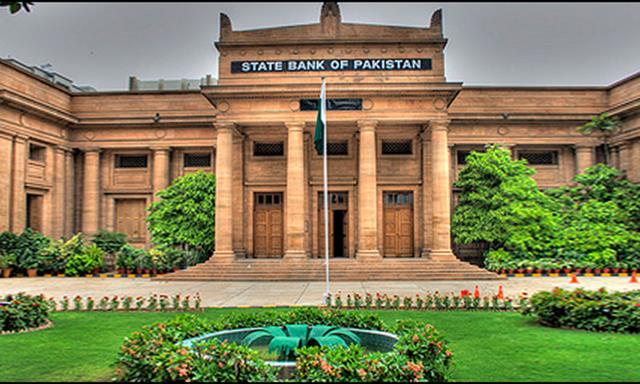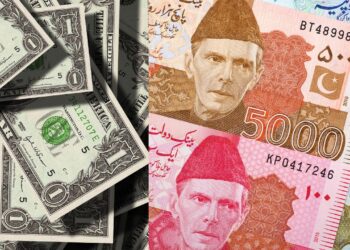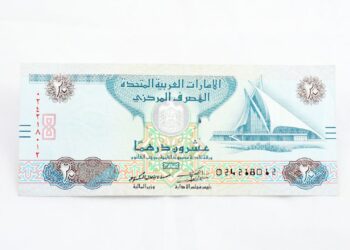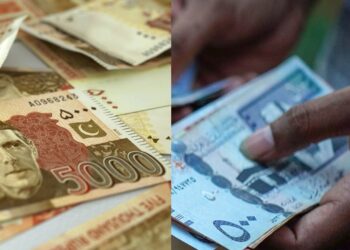KARACHI: The State Bank of Pakistan (SBP) has announced its Monetary policy – The key interest rate by 100 basis points to 13.25%, in a visible indication of further inflation in the coming months.
The State Bank of Pakistan (SBP) has announced raising
Monetary Policy Statement July 16, 2019
- At its meeting on 16th July 2019, the Monetary Policy Committee (MPC) decided to raise the policy rate by 100 bps to 13.25 percent with effect from 17th July 2019. The decision takes into account upside inflationary pressures from exchange rate depreciation since the last MPC meeting on 20th May 2019 and the likely increase in near term inflation from the one-off impact of recent adjustments in utility prices and other measures in the FY20 budget. The decision also takes into account downside inflation pressures from softening demand indicators. Taking these factors into consideration, the MPC expects average inflation of 11 – 12 percent in FY20, higher than previously projected. Nevertheless, inflation is expected to fall considerably in FY21 as the one-off effect of some of the causes of the recent rise in inflation diminishes.
Key developments since the last MPC
- There have been three key developments since the last MPC meeting. First, the Government of Pakistan has passed a FY20 budget that seeks to credibly improve fiscal sustainability by focusing on revenue measures to widen the tax base. Adjustments in utility prices and other measures in the budget are expected to lead to a one-time considerable increase in prices in the first half of FY20. On the other hand, the government has also committed to cease borrowing from the State Bank that would qualitatively improve the inflation outlook. Second, the outlook for external financing has further strengthened with the disbursement of the first tranche associated with the IMF Extended Fund Facility, activation of the Saudi oil facility, and other commitments of support from multilateral and bilateral partners. The current account deficit has also continued to fall suggesting that external pressures continue to decline. On the other hand, the depreciation in the exchange rate since the last MPC has added to inflationary pressures. Finally, on the international front, the sentiment towards emerging markets has improved with greater expectations of a policy rate cut in the United States.
Real sector
- Domestic demand is estimated to moderate to about 3 percent in FY19 and GDP growth to 3.3 percent. While current high frequency indicators point to a slowing in economic activity, this is expected to turn around in the course of the year on the back of improved market sentiments in the context of IMF supported program, a rebound in the agriculture sector and the gradual impact of government incentives for exportoriented industries. Conditional upon the latest available information, SBP expect the real GDP growth of around 3.5 percent in FY20.
External sector
- External conditions show continued steady improvement with a sizeable reduction in the current account deficit which fell by 29.3 percent to US$ 12.7 billion in Jul-May FY19 as compared to US$ 17.9 billion during the same period last year. This improvement was primarily driven by import compression and healthy growth in workers’ remittances. Export volumes have been growing even though export values have remained subdued due to a fall in unit prices as also experienced by competitor exporting countries. Future developments in export performance will also depend on growth rates of our trading partners and progress in alleviating domestic structural impediments.
- SBP’s foreign exchange reserves have risen to about US$8 billion on 12th July 2019 with the disbursement of the first tranche of the IMF’s Extended Fund Facility. Reserves are expected to rise further in FY20 on account of additional financial inflows from other international creditors including those related to the Saudi oil facility and continued improvement in current account deficit. The bulk of the needed adjustment in the real effective exchange rate to address the past overhang of overvaluation has been completed with the recent depreciation of the exchange rate. While the exchange rate is flexible and market determined, the SBP stands ready to take action to address disorderly market conditions in the foreign exchange market.
Fiscal Sector
- Led by substantial shortfall in revenue collection, higher than budgeted interest payments and security related expenditures, both the overall fiscal and primary deficits deteriorated in FY19. The FY20 budget seeks to credibly reverse the recent trend of fiscal deterioration by addressing long-standing weaknesses in the taxation system and to enhance documentation of economic activities. On the back of an ambitious target for tax collection and tight control over expenditures, the budget envisaged a sizable reduction in primary deficit. This fiscal consolidation would support SBP’s stabilization policies already in place.
- From a monetary policy perspective, the government’s strong commitment to end its borrowing from the SBP, and the implementation of liability management operation to restructure the outstanding debt held by SBP, would positively contribute towards monetary policy transmission while credibly anchor markets’ inflation expectations going forward.
Monetary and inflation outlook
- Reflecting the impact of stabilization measures, private sector credit (PSC) growth has started to decelerate. PSC expanded 11.4 percent during 1st Jul – 28th Jun FY19 as compared to 14.8 percent during the same period last year. The deceleration in credit was more pronounced in real terms as the increase in PSC was largely driven by higher input prices, which in turn increased the working capital needs of the businesses. This, together with higher budgetary borrowing led to a sharp increase in the net domestic assets (NDA) of the banking system. In aggregate, broad money supply (M2) grew by 12.2 percent during 1st Jul – 28th Jun FY19 as compared to 10 percent during the comparable period last year. Going forward, the composition of money supply is expected to change as NFA of the banking system is projected to improve, while the growth in NDA is likely to show substantial moderation.
- Inflation rose considerably to 7.3 percent in FY19 due to higher government borrowing from SBP, lagged impact of exchange rate depreciations, hike in domestic fuel prices, and rising food prices. CPI inflation was 8.9 percent in June 2019 and is expected to rise in the near term due to the one-off impact of adjustment in utilities prices and other measures in the FY20 budget. These pressures are expected to recede in the second half of the fiscal year and the MPC expects inflation to average 11 – 12 percent in FY20. The MPC is of the view that real interest rates implied by these inflation projections and today’s policy rate decision are at appropriate levels considering the cyclical weakening of aggregate demand.
Download: Monetary Policy Information Compendium July 2019
















